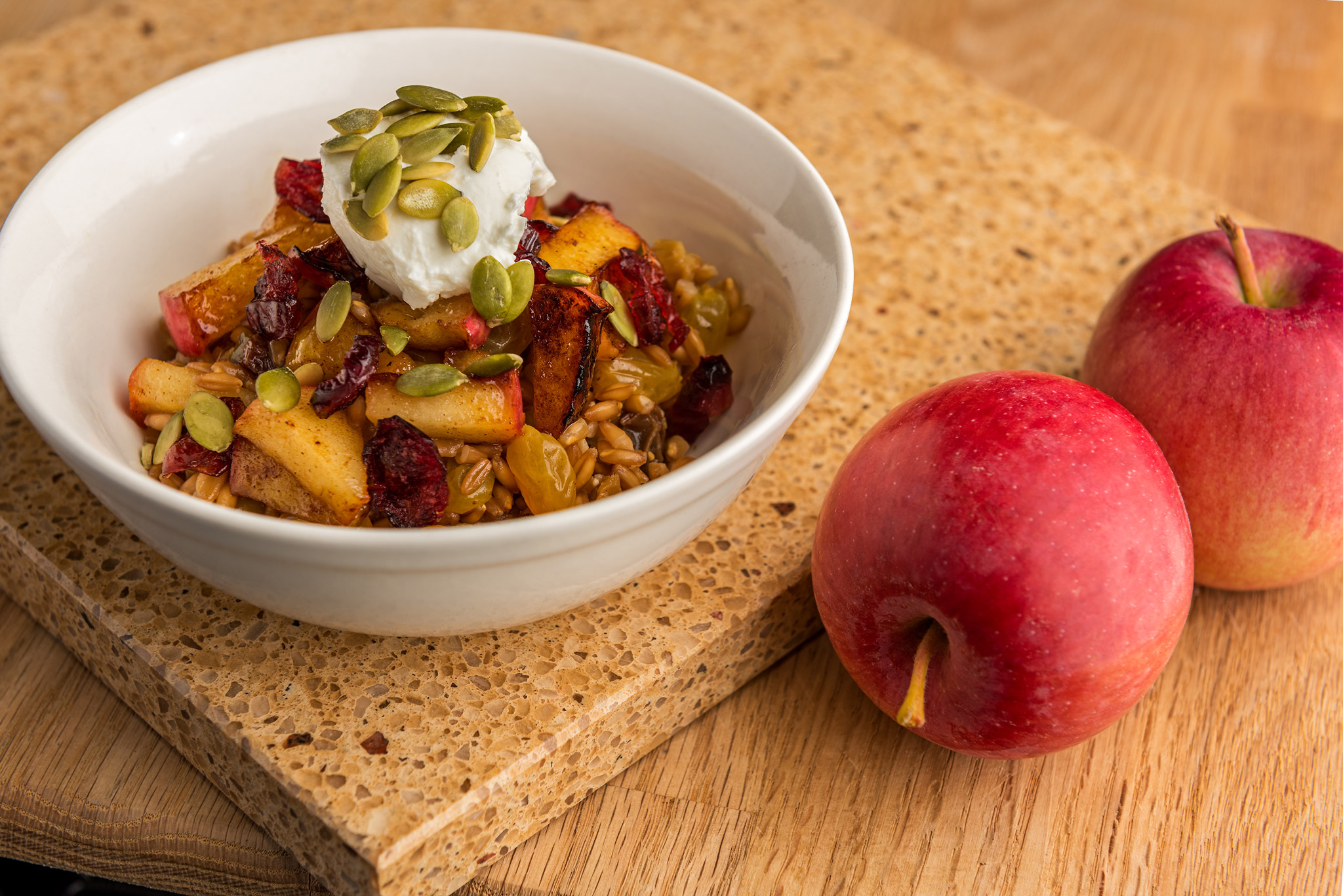The apple perhaps has the most enchanting and enduring history of any fruit or vegetable.
It was the forbidden fruit in Christianity’s Garden of Eden, provided eternal youth in Norse mythology, was the reason Newton discovered the law of gravitation, served as poisonous revenge in Sleeping Beauty and was the central element in the legend of Johnny Appleseed.
I grew up listening to Appleseed’s story, which is about a real man named John Chapman, an itinerant missionary, preacher and apple cultivator. In the 1800s, he walked barefoot across 10,000 square miles of what is now Ohio and Indiana planting thousands of apple trees and teaching settlers how to care for them. His work fed and provided income for many generations and helped spread the cultivation of apples throughout the U.S.
In the annals of history, the first apple trees are thought to have been discovered in the region between the Caspian and Black Seas. Today, there are over 7,500 varieties available on the market, a byproduct of centuries of cultivation and hybridization. About 100 of these varieties are grown commercially in 36 states, but the crabapple is the only apple native to North America.
Story continues after a quick message from our sponsor below.
The Newton Pippin was the first apple to be exported by the U.S., when some were sent to Benjamin Franklin in London in 1768. Today, the Newton Pippin has become a popular variety for making hard cider in the Northwest, the home of Washington, the top apple-producing state in the country (58 percent). The apple is also the state fruit of Illinois, Minnesota, New York, Vermont, Washington and West Virginia.
We’ve all heard the old adage, “An apple a day keeps the doctor away,” and it’s true apples have admirable and it’s true apples have admirable nutritional and health benefits.
They are free of fat, sodium and cholesterol and contain about 80 calories each. They are an excellent source of pectin fiber, as well as Vitamin C and antioxidants.
Most of an apple’s nutrition value is contained in its peel, so it’s a good idea to keep the peel on, whether eating it fresh or cooking with it. You might notice some of the apples at the store are shiny and some have something white on them. After the fruit is harvested and cleaned, producers typically apply a commercial-grade wax. But, don’t worry, the waxes are made from natural ingredients and are safe to eat. Store at room temperature for best flavor.
Most of the apples in the U.S. are consumed fresh, but apple juice, hard cider and apple pie are still considered traditional American staples – “as American as apple pie!” It takes two pounds of apples to make one 9-inch pie and 36 to make a gallon of apple cider or juice. The first food I ever made with my mother was apple pie. We used tart green Granny Smith apples, smothered them in cinnamon, sugar and cornstarch and poured them into a Crisco-rich crust that I got to help roll out with a heavy wooden rolling pin. I still have that rolling pin, but I don’t think I’ve ever made a pie since that smelled and tasted quite as heavenly.
Grab yourself a bushel and make something delicious, like a comforting Apple Farro Breakfast Bowl or Basic Applesauce. N
By S. Michal Bennett
Photography By Joel Riner
As Featured In: Winter/Spring 2019



